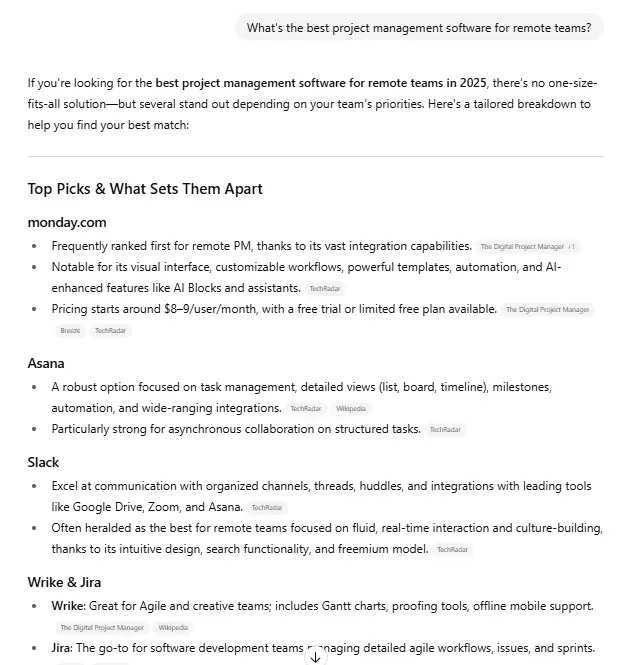How to create a marketing playbook that builds on what already works
It’s smart to rely on the essentials—the things that are still relevant and effective—and then to experiment with emerging technologies and trends.

The constant buzz around new technologies and trends creates a lot of noise that can distract from the challenge at hand: creating a dynamic strategy and plan that reaches fast-moving and fickle consumers whose needs are constantly changing. On top of that, budgets are tight and everyone is trying to do more with less. Brands are hunkering down and trying to maintain share of voice when the market may dictate pulling back.
The new marketer’s playbook builds on the best of what you already know works, and skillfully adds in new technologies and trends that are relevant for your brand.
It’s true: It can be more difficult to connect with consumers now than it was five years ago. The pandemic, inflation and economic stress have altered consumer habits and contributed to a drop in brand loyalty. Some 89% of shoppers around the world classify themselves as value-oriented today, and only 17% of consumers say they’d stick with their trusted brands regardless of price, according to a recent Mirakl study.
In the meantime, consumer attention spans have fallen to an all-time low, with declining tolerance for ads. Although Kantar reports that both free and paid ad-supported streaming is growing, two-thirds of consumers are skipping ads or paying to avoid them, 48% are already using ad blockers and 45% said they simply don’t watch ads.
Where are consumers spending their time?
Smart marketers are looking for consumers where they are paying attention. That includes some expected solutions: Snackable content, including short-form video on all platforms, continues to dominate. Smartphones not only account for a growing percentage of that media consumption, but nearly two-thirds of e-commerce purchases as well.
But there are surprises. A rapidly growing percentage of consumers are using social platforms for product discovery, and they are increasingly comfortable purchasing via social media apps. That includes an expanding number of boomers and Gen Xers. TikTok calls it “shoppertainment”: 61% of TikTok users have engaged in e-commerce behaviors, and a third have made at least one purchase through the app. By the beginning of 2023, 41% of social media users said they feel comfortable purchasing on social platforms, according to HubSpot.
Despite those numbers, finding your brand’s consumers should always start with solid data-driven consumer insights, including their media consumption habits. Just because everyone’s using short-form video or promoting on TikTok doesn’t mean that’s the right answer for you. If yours is a complex product that needs more explanation or a longer story, look for the right method to deliver that content through a relevant funnel.
How to reach consumers?
With recent studies showing that 50% of marketing budgets are wasted, in a climate where every dollar counts, it’s important to create a mix of both known and new channels.
For example, consider multichannel marketing, which can demonstrably increase revenue. Successful brands like Under Armour reach consumers with an approach that includes an app, in-store experiences, social content and connections to the fitness community, with content often delivered by influencers. Although consumers appreciate the ease of online shopping, 27.6% said they are attracted by “the allure of in-store experiences,” according to a recent Shopify study. Think about Starbucks and the notable, personalized experience and atmosphere the brand offers. Brands need to be everywhere their consumers want to shop.
In terms of other tech-enabled media channels, connected TV may be a smart addition to your arsenal. As leading marketers like Procter & Gamble and L’Oréal have found, CTV allows marketers to efficiently target specific audiences with customized buys.
Also consider audio content like podcasts, which have in-demand, hard-to-reach audiences—generally young, affluent and educated—who are more receptive to ads. Podcasts offer a unique opportunity for storytelling. Sephora's #LIPSTORIES podcast uses an interview format with rotating guests who discuss self-image, empowerment and what beauty means to them. Although the podcast marketplace has experienced a bit of a shakeout lately, the industry overall is projected to reach nearly $100 billion in value by 2028.
Lastly, work to better understand how augmented and virtual reality might help you optimize your customer experience. That might include virtual tours online or shopping assistants within an app. For example, Walmart now offers shoppers the opportunity to virtually “try on” clothing using their own photos, and Nike’s New-York based House of Innovation flagship store allows customers to augment their in-store experience through their app’s in-store mode.
The new playbook
In a world where everything seems to be moving at hyper-speed, remember that it’s not just permissible but smart and resourceful to prioritize the essentials in your toolkit, the things that are still relevant and effective. Then, where you can, start experimenting with emerging technologies, platforms and trends. Explore new tactics that align with your goals and your current customers’ preferences. Leverage these tools to meet those new consumer behavior challenges. And make sure you’re working with partners who provide transparency about where your dollars are being spent, and real-time access to campaign performance.
This resulting new playbook will balance your traditional tactics with the most useful new technologies and most efficient new channels.

 MikeTyes
MikeTyes 
































